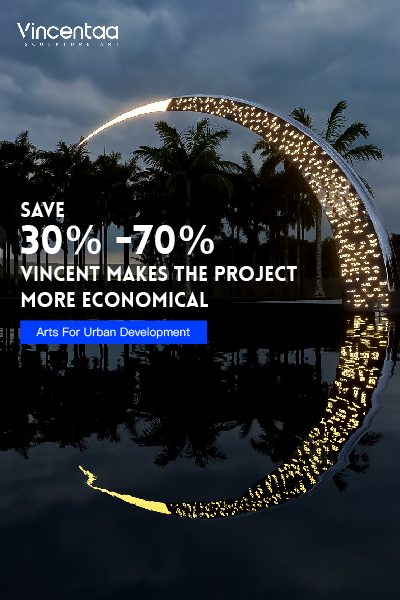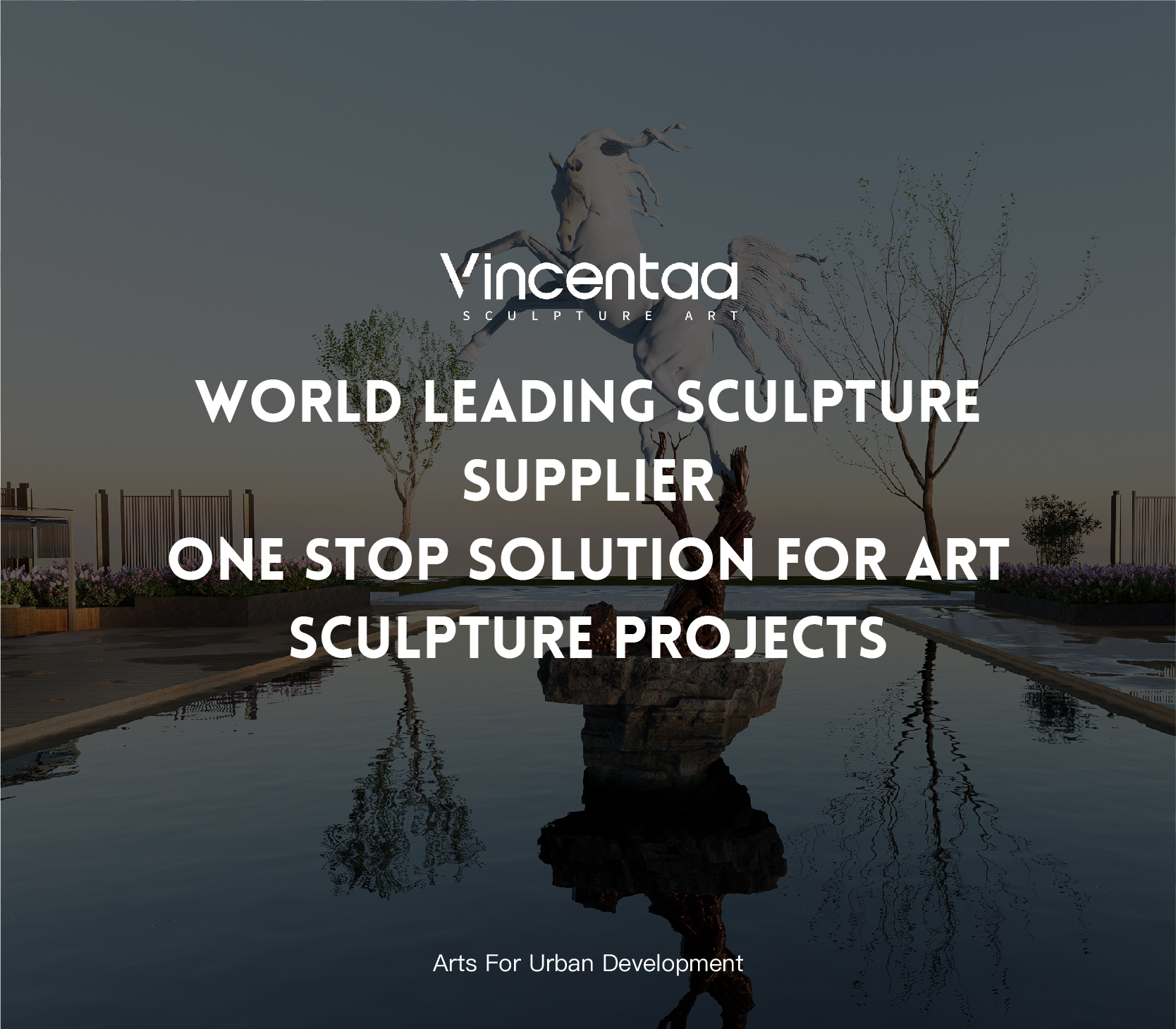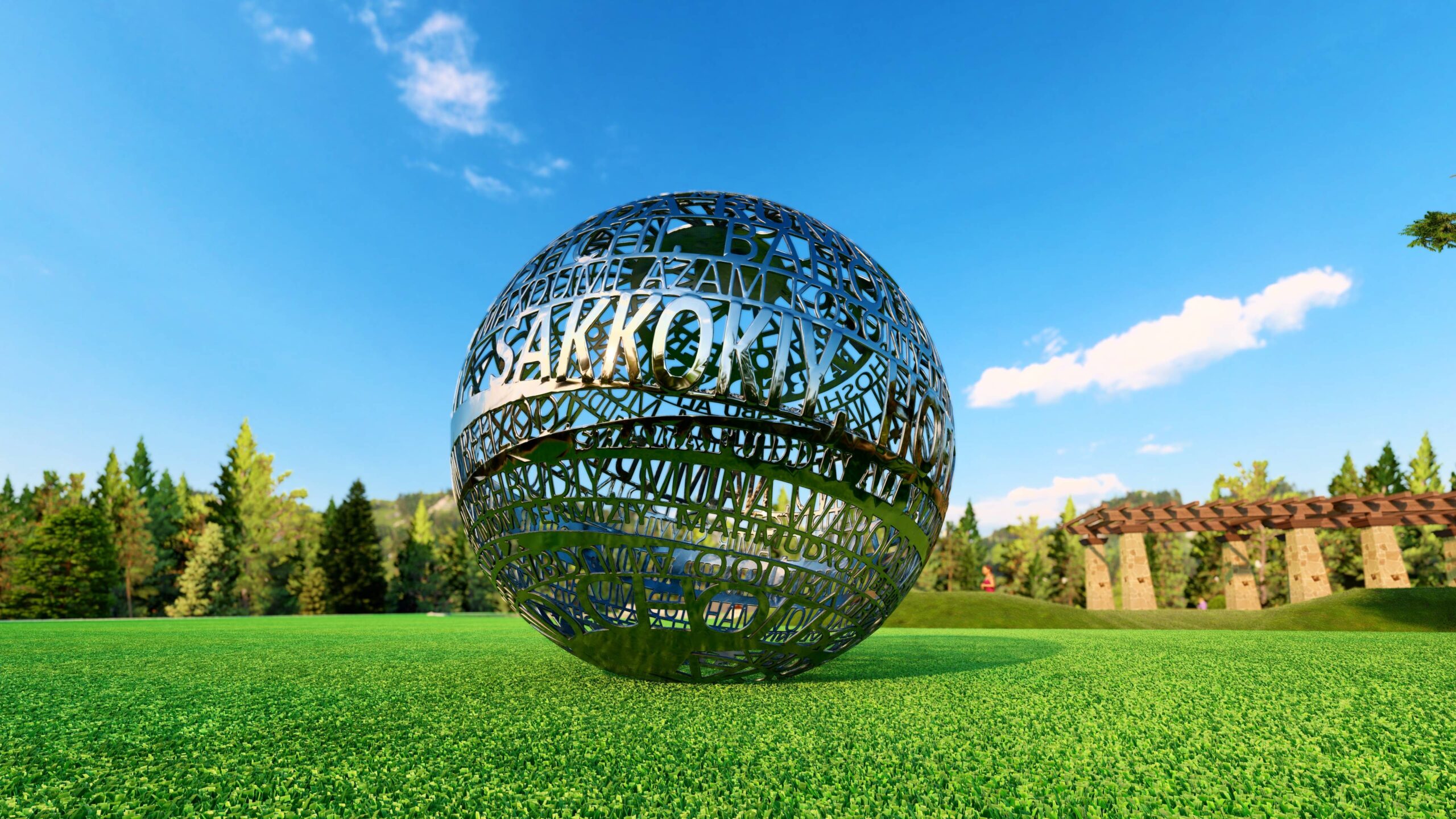From the factory to the exhibition hall, the journey of a large sculpture is far more complicated than imagined – material characteristics, transportation costs, delivery time, each link may affect the final presentation of the work. As a sculpture manufacturer, Vincentaa has escorted thousands of sculptures across the ocean in 15 years. We found that 70% of transportation problems are caused by misjudgment of the characteristics of sea and air transportation. This article will analyze the scientific selection logic of the two modes of transportation from an industry perspective to help you avoid risks and plan transportation plans efficiently.
First: The core challenges of large sculpture transportation
- Why can’t sculpture transportation copy the logic of ordinary goods?
Material characteristics: bronze is easy to oxidize when exposed to moisture, fiberglass is brittle, and the center of gravity of special-shaped structures is unstable.
Industry standards: International sculpture transportation must comply with the ISTA (International Safe Transportation Association) 3E level shock test.
Vincentaa practice: customized temperature and humidity sensors are embedded in packaging for different materials to monitor data in real time.
- How to balance size and cost?
Sculptures over 2.5 meters require special containers (such as open top containers), and the weight limit for air transport is usually 800kg.
Industry formula reference: Ocean freight cost ≈ (volume weight × route base price) + surcharge; air freight cost ≈ (actual weight × grade unit price) + priority handling fee.

Second: Scientific decision-making model for ocean and air transport
- Accurate application scenarios for ocean transport
Data conclusion:
Critical point of cost performance: When the transportation time is allowed to be extended by 15-30 days, the ocean freight cost can be reduced by 60%-75% (based on Vincentaa’s transportation data analysis in the past 5 years).
Solution for oversized sculptures: Split packaging (such as separation of the head and torso), which is assembled locally by the partner after arriving at the port.
Common misunderstandings in the industry:
Low requirements for earthquake resistance in ocean transport → In fact, the turbulence of the hull can easily cause stress deformation of the internal structure of the sculpture. Vincentaa currently uses a high-quality steel-wood composite structure that disperses impact force through trusses + honeycomb wood layers absorb vibration + cross-laminated anti-conduction triple buffer structure.


- The underlying logic of air transport
The truth about timeliness:
Only 15% of the air transport is truly “door-to-door”, and most of them need to be transported by land (prone to damage during transit).
Precision parts transportation specifications: According to IATA regulations, dynamic sculptures with built-in lithium batteries must remove the batteries and declare them separately.
Cost control strategy:
Consolidation: By combining sculptures with other artworks, Vincentaa’s monthly consolidation line can reduce costs by 20%.

Third: Professional rules for the entire sculpture transportation process
Engineering principles of packaging design
Calculation formula for buffer layer thickness: (sculpture weight × expected drop height)/material impact resistance coefficient.
Industry benchmark solution: gypsum lining + vacuum moisture-proof film + steel structure outer frame (applicable to sea-borne bronze sculptures) + container internal modular positioning system, pre-arrange the center of gravity of the sculpture through 3D scanning, and achieve a 40% increase in space utilization and coordinated optimization of earthquake resistance.

The gold standard for customs clearance documents
Required documents: HS code classification certificate (sculptures belong to category “9703”), material safety statement (such as non-toxic certification for resin sculptures).
Risk warning: Some countries will identify sculptures as “cultural property” and require additional permits (such as Italy and Egypt).
Fourth: Industry decision-making guide – how to scientifically choose a solution
Decision-making dimensions:
Three-dimensional weight evaluation method
Cost weight (budget-sensitive) → Ocean transportation priority
Time weight (rigid exhibition schedule) → Air transportation priority
Risk weight (high-value unique pieces) → Air transportation + independent security inspection channel
Innovative model of mixed transportation

Transportation is not only a physical displacement, but also a continuation of artistic integrity. Whether you choose sea or air transportation, understanding the characteristics of the material, predicting risk nodes, and accurately calculating the cost are the core rules for the safe arrival of sculptures.







